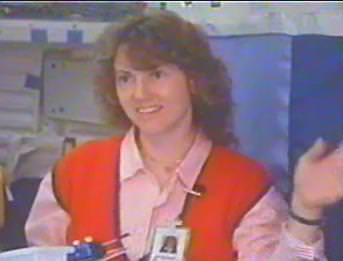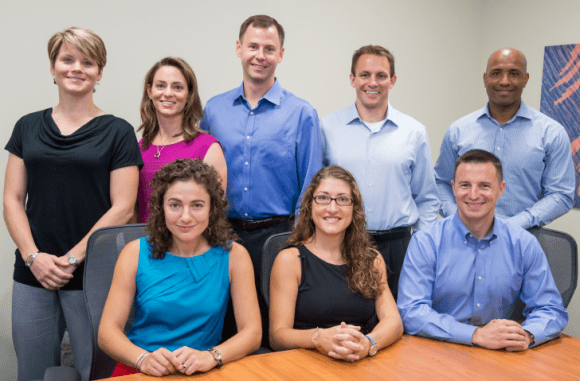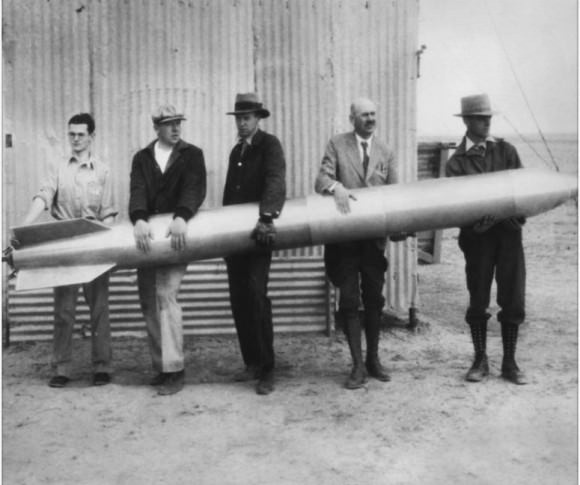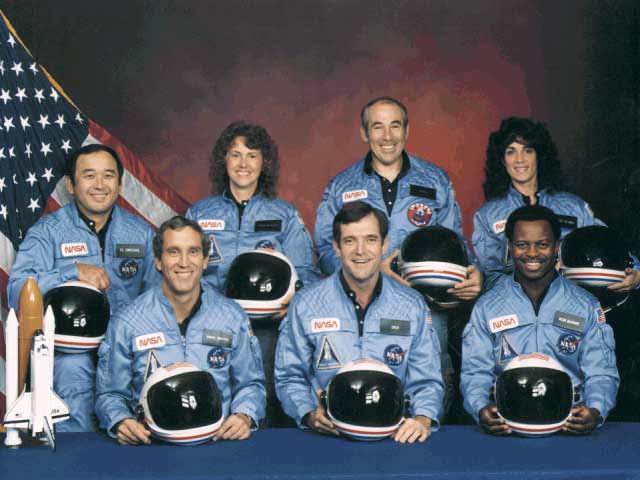It was thirty years ago, January 28, 1986, that space shuttle Challenger exploded 73 seconds into its flight, killing seven astronauts. This is a tough time of year in the history of human spaceflight, as 19 years on January 27, 1967 three astronauts died in a fire in the module of Apollo 1. Then on February 1, 2003, space shuttle Columbia disintegrated as it reentered Earth’s atmosphere, killing all seven crew members.
Remembering these events brings home the fact that even today, spaceflight remains far from routine. But over the years, what else have we learned from these tragedies?
I recently touched base with long-time NASA engineer Jerry Woodfill, whose name you may recall from our two series about Apollo 13 — 13 Things That Saved Apollo 13 and 13 More Things That Saved Apollo 13.

But Jerry was also featured in an article we did in 2008. A year earlier he came across a file of papers from 1985 that proposed how teacher Christa McAuliffe’s eight lessons would be performed on orbit as part of the Challenger mission. Woodfill worked to find old videos, photographs and other materials that had been tucked away in sadness and grief following the loss of Challenger and put together lesson plans and gave them to the Challenger Center. The lessons are available on the Center’s website.
Jerry and I discussed other “lessons” that may have been learned from the tragedies, and he had some interesting ideas about paradigm shifts that have occurred over the past 30-plus years. Here are a few “old” ideas that have changed or are in the process of changing:
Civilians, especially women should not be launched on risky missions to space

We’re certainly beyond the “women can’t do what men can” in our society (for the most part, anyway), and NASA’s last class of astronauts was 50% women (4 out of 8). It did take NASA until 1978 to hire the first female astronauts.
As far as civilians being part of space flight…. that’s the whole point the pioneers of spaceflight did what they did, to try and make flying to space as routine as flying in an airplane.
“While we’re not quite there yet,” said Woodfill, “the prospects for civilian space travel is altogether more plausible. “Now we have a maturing commercial space paradigm that wholly embraces the idea of everybody someday being eligible for a trip to space.”
Woodfill also mentioned that he used to hear that some people thought the idea that a Challenger-like mission should never be attempted again.
“That is refuted by the Challenger’s Lost Lessons project in 2008 and how much these recovered lessons mean to the families of the crew,” he said, “ and to the teachers that are now using these lessons in their classrooms.”
McAuliffe’s backup, Barbara Morgan completed her space shuttle flight in 2007 as a mission specialist, doing special education activities during the mission.
Nothing good can come of such a tragedy.
“An obvious challenge to such a posture was a redesigned, safer, more robust Solid Rocket Booster system,” Woodfill said. “In fact, it led to the work-horse SRBs adapted and upgraded for the Space Launch System (SLS) which will likely take us to Mars.”
The tragedies have provided lessons to be learned. “Go-fever” has been tempered with a more analytical view of each mission and the potential risks it entails. Crew safety at NASA has become top priority. All NASA workers are told to “speak up” if they see something that might compromise any mission.
Human spaceflight is too risky.

This debate will likely continue, but ask anyone associated with spaceflight and they’ll tell you they know the risks and that it’s all worth it for what it means for humanity. You can read Neil de Grasse Tyson’s ideas about this here.
National Geographic is currently running a show they produced called “Challenger Disaster: Lost Tapes,” that shows some old footage shot at NASA following the accident. Shown is then-Vice President George H.W. Bush and astronaut and Senator John Glenn who met with NASA’s space shuttle launch team at Kennedy Space Center in Florida. Bush said he met with the families of the lost astronauts and relayed that they pleaded that the space shuttle program continue “forward full speed.”
Glenn said, in part, “We’ve had tremendous triumph. …. And with this program, we’ve succeeded. Really, if we’re honest about it, beyond our wildest dreams. I would have never thought we’d go this far without losing some people, at something where you’re going at 5 miles a second, with the heat of reentry and the complexity of a system where everything has to go right. Now, we have a tragedy that goes along with our triumphs. I guess that’s the story of mankind.”
As many have said, the future doesn’t belong to the faint of heart, and it is part of human nature to explore and push the boundaries. But there are always lessons to be learned and ideas to be challenged. That’s part of the story of humankind, too.


I remember it like it was yesterday ,I remember looking from my back garden in Pompano Beach Florida and seing the white smoke in the sky in the shape of a huge letter Y it was then and is now so sad a memory God Bless Them All.
Yes, this is one of those terrible disasters where anyone alive at the time remembers exactly where they were and what they were doing when they heard the news. Where were you?
Triumphs can do the same thing, like: Where were you when Alan Shepard flew the first manned space mission for the USA? Or when Apollo 11 touched down on the Moon?
T-t-t-talking about my g-g-g-generation! There will come a day when the very last person to be alive when these things happened, will pass. Where in the solar system will future generations be by then? Will they look back at us and smile knowingly at our crude rockets and machines and thank us?
P.S. Still having trouble posting.. it’s quite the run-around.